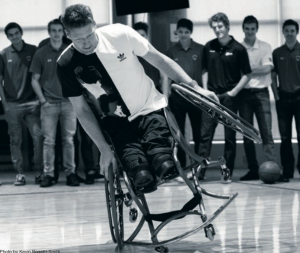Your periodic digest into the world of prosthetic advancement and how amputees are adapting after surgery. We deliver insightful content and a forward-thinking point of view to help you convey to your patients the reality that is living a full life as an amputee. By sharing real-life case studies, success stories and testimonials we hope to inform and inspire you, your staff and patients.
